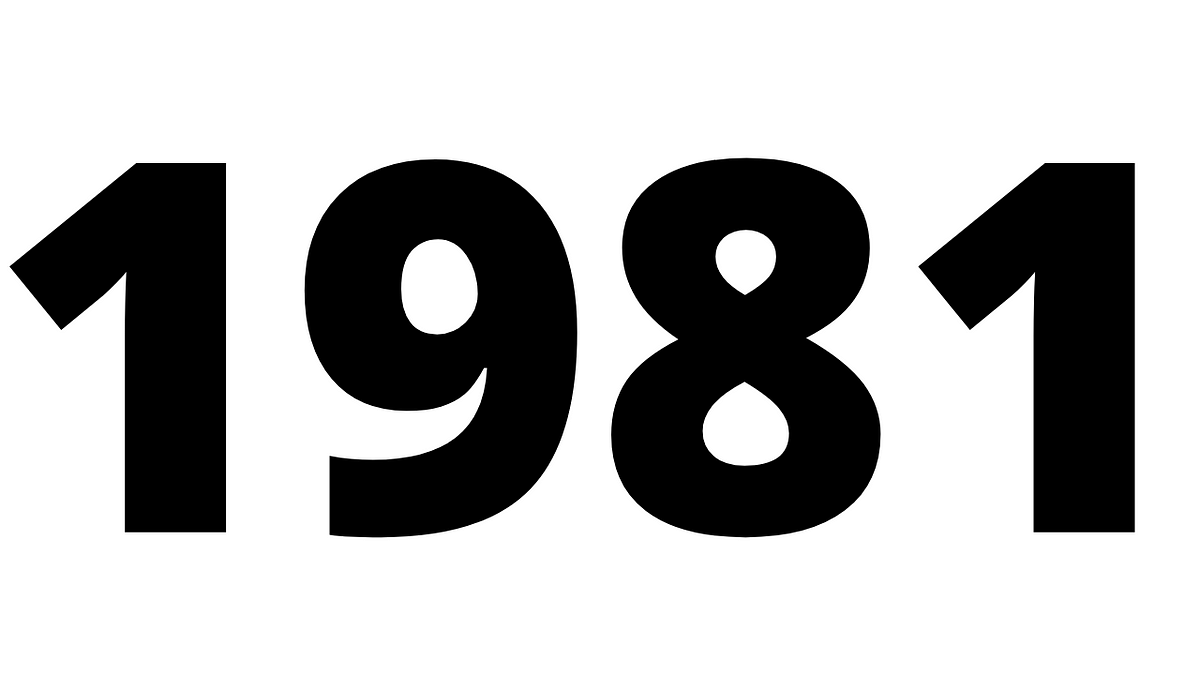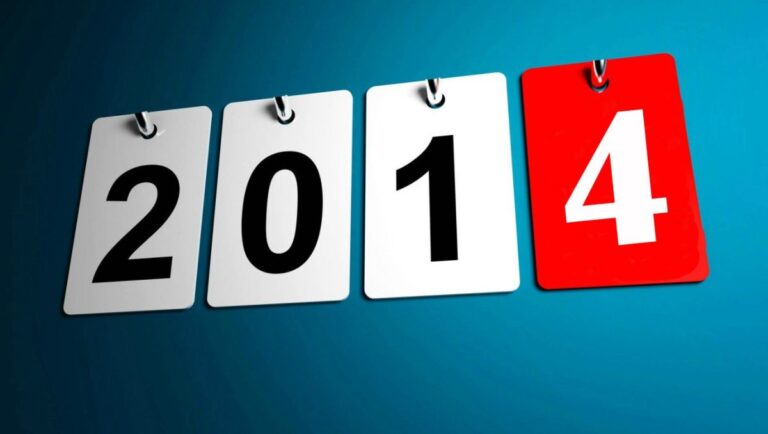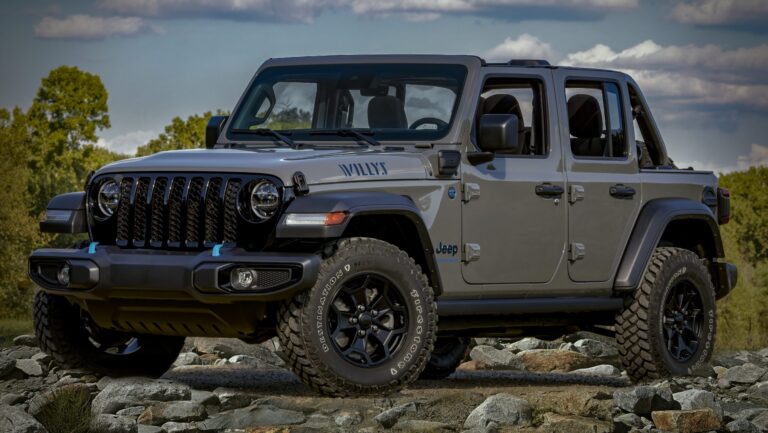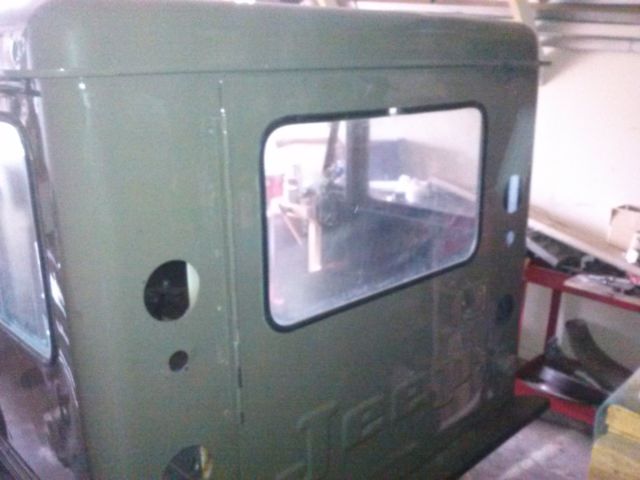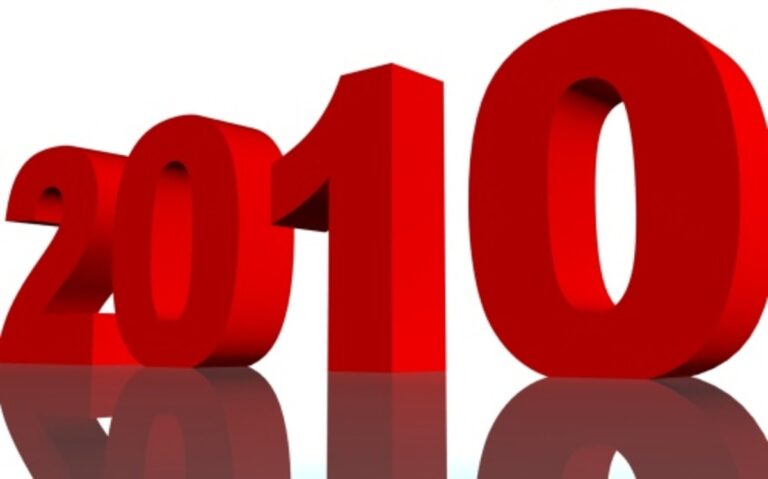1981 Jeep Scrambler For Sale: Your Ultimate Guide to Acquiring an Off-Road Legend
1981 Jeep Scrambler For Sale: Your Ultimate Guide to Acquiring an Off-Road Legend jeeps.truckstrend.com
For enthusiasts of vintage 4x4s, the prospect of a "1981 Jeep Scrambler for sale" isn’t just an item on a classifieds list; it’s an invitation to own a piece of automotive history. More formally known as the Jeep CJ-8, the Scrambler is a longer-wheelbase variant of the iconic CJ-7, combining the rugged capability of a classic Jeep with enhanced utility thanks to its extended rear cargo area, reminiscent of a pickup truck. Produced for a relatively short period between 1981 and 1986, the 1981 model year holds a special place as the Scrambler’s debut. Its rarity, distinctive looks, and unparalleled off-road prowess have cemented its status as a highly sought-after collectible, appealing to restorers, off-road adventurers, and casual cruisers alike.
This comprehensive guide is designed for anyone considering purchasing a 1981 Jeep Scrambler. We’ll delve into what makes this vehicle so special, critical inspection points, valuation factors, the buying process, and what to expect as an owner, ensuring you’re well-equipped to make an informed decision and embark on your Scrambler adventure.
1981 Jeep Scrambler For Sale: Your Ultimate Guide to Acquiring an Off-Road Legend
Why the 1981 Jeep Scrambler Stands Out: A Legacy of Versatility
The 1981 Jeep Scrambler, or CJ-8, emerged as an answer to the demand for a more versatile, utility-focused Jeep. While the CJ-7 was popular, its shorter wheelbase limited cargo capacity. AMC (American Motors Corporation), then owner of Jeep, stretched the CJ-7’s chassis by 10 inches, extending the wheelbase to 103.5 inches, creating the CJ-8. This extension allowed for a small pickup-like bed behind the front seats, offering greater cargo space for tools, camping gear, or recreational equipment.
The Scrambler retained the robust, body-on-frame construction and solid axle setup characteristic of the CJ series, ensuring its legendary off-road capability. Its unique aesthetic – a blend of classic Jeep ruggedness with a hint of pickup truck practicality – made it distinctive. For the 1981 model year, engine options typically included the 2.5L I4 (often referred to as the Iron Duke) and the more popular 4.2L (258 cubic inch) AMC inline-six, renowned for its torque and reliability. Transmission options varied, including manual gearboxes like the SR-4, T-4, T-5, and T-176, as well as automatic options. The Dana 300 transfer case provided robust four-wheel drive.
Its versatility appealed to a wide audience: those who needed a capable workhorse, adventurers seeking a vehicle for extended trips, and collectors drawn to its unique place in Jeep’s history. Today, its limited production numbers and enduring charm contribute to its status as a highly desirable classic.
What to Look For: Key Inspection Points for a 1981 Scrambler
When evaluating a 1981 Jeep Scrambler for sale, a thorough inspection is paramount. These vehicles are over 40 years old, and their condition can vary wildly.

-
Rust, Rust, Rust: This is the primary enemy of vintage Jeeps.
- Frame: Inspect the entire frame, especially around the spring hangers, skid plates, and cross members. Look for flaking, perforations, or significant patching.
- Body Tub: Check floorboards, especially under the pedals and seats, and the rear cargo area. Examine the rocker panels, wheel wells, and behind the fenders. Rust can hide under bed liners or carpet.
- Windshield Frame & Door Hinges: Common rust spots due to water accumulation.
- Tailgate: Prone to rust, particularly at the bottom edge.

-
Engine & Drivetrain:
- Engine: Check for leaks (oil, coolant), unusual noises (knocks, rattles), and smooth running. A strong 4.2L I6 is desirable. Look for signs of proper maintenance or neglect.
- Transmission: Test all gears, including reverse, for smooth engagement and no grinding. Check for leaks.
- Transfer Case (Dana 300): Engage 4-high and 4-low. Listen for clunks or grinding. Check for leaks.
- Axles (Dana 30 front, AMC 20 rear): Look for leaks at the differential covers and axle seals. Check universal joints for play.
-
Suspension & Steering:
- Leaf Springs: Check for sagging, broken leaves, or excessive rust.
- Shocks: Look for leaks or damage.
- Bushings: Inspect all rubber bushings (springs, sway bar, control arms) for cracks or deterioration.
- Steering: Check for excessive play in the steering wheel. Inspect tie rods, drag link, and the steering box for leaks or looseness.
-
Electrical System:
- Test all lights (headlights, tail lights, turn signals, brake lights), gauges, wipers, and horn.
- Look for shoddy wiring or aftermarket additions that could lead to future problems.
-
Interior & Exterior:
- Interior: Check the condition of seats (upholstery, foam), dashboard, and instrument panel. Look for missing knobs or broken components.
- Top: If it has a soft top, check for tears, faded windows, and proper fit. If a hardtop, inspect for cracks or damage.
- Paint & Body: Assess the quality of the paint job. Look for signs of previous body damage or bondo. Panel alignment can indicate frame issues.
-
Documentation: Request the title (ensure it’s clean and matches the VIN), maintenance records, and any history of ownership. This can provide valuable insights into the vehicle’s past.
Understanding Valuation: What Determines a 1981 Scrambler’s Price
The price of a 1981 Jeep Scrambler can vary significantly, ranging from a few thousand dollars for a project to well over $40,000 for a meticulously restored or pristine original. Several factors influence its market value:
- Condition: This is the biggest determinant.
- Project: Requires extensive bodywork, mechanical repairs, or a complete restoration.
- Driver Quality: Runs and drives, but has cosmetic flaws, minor mechanical issues, or needs general refresh.
- Good Condition: Well-maintained, mostly solid, presentable, and reliable. May have minor flaws.
- Excellent/Restored: Near-flawless cosmetic and mechanical condition, often with recent restoration work. Originality or high-quality modifications can command top dollar.
- Originality vs. Modifications: Highly original, unmolested Scramblers, especially with desirable factory options (like the hardtop, specific engines, or unique paint schemes), tend to fetch higher prices from collectors. Well-executed, tasteful modifications (e.g., suspension lift, engine swap) can enhance value for off-roaders, but poor modifications can detract.
- Engine & Transmission: The 4.2L I6 is generally preferred over the 2.5L I4. Manual transmissions are often favored by enthusiasts, though automatics can be desirable for daily driving. V8 conversions can add value if professionally done.
- Rust-Free Status: A Scrambler from a dry climate with minimal or no rust will always command a premium.
- Documentation: A clear title and extensive service records add value and peace of mind.
- Market Trends: The vintage 4×4 market has seen significant appreciation in recent years, driving up prices for desirable models like the Scrambler.
The Buying Process: Tips for a Smooth Acquisition
- Research Extensively: Understand common issues, market values, and different configurations. Join online forums or Facebook groups dedicated to Jeep CJs and Scramblers.
- Set a Realistic Budget: Beyond the purchase price, factor in potential costs for immediate repairs, registration, insurance, and future maintenance or restoration.
- Inspect in Person: Pictures can be deceiving. Always see the vehicle in person, ideally in daylight.
- Pre-Purchase Inspection (PPI): If you’re serious, especially for higher-priced Scramblers, invest in a PPI by an independent mechanic specializing in vintage Jeeps or 4x4s. They can spot issues you might miss.
- Test Drive Thoroughly: Drive on various surfaces if possible. Listen for unusual noises, check braking, steering, and transmission shifting. Engage 4WD.
- Negotiate: Be prepared to negotiate, especially if you find issues during your inspection. Knowledge is leverage.
- Legalities: Ensure the seller has a clear title in their name. Complete a bill of sale detailing the vehicle, VIN, price, and terms. Understand your local requirements for title transfer and registration.
Post-Purchase Considerations: Owning a Vintage Scrambler
Owning a 1981 Jeep Scrambler is a unique experience. While incredibly rewarding, it comes with specific considerations:
- Maintenance: Vintage vehicles require more hands-on attention. Regular fluid checks, lubrication, and inspection of wear items are crucial. Fortunately, parts availability for CJ-series Jeeps is generally good due to a strong aftermarket.
- Parts Availability: Many parts are readily available from aftermarket suppliers, though some specific CJ-8 body panels or unique components might be harder to source.
- Insurance: Consider classic car insurance, which often offers better rates and agreed-upon value coverage for vintage vehicles.
- Community: Join online communities, local Jeep clubs, or classic car groups. They are invaluable resources for advice, parts, and camaraderie.
- Restoration vs. Preservation: Decide if you want to embark on a full restoration project or simply preserve its current condition for regular driving. Both paths offer distinct joys and challenges.
1981 Jeep Scrambler For Sale: Estimated Price Range Table
This table provides a general estimate. Actual prices will vary based on specific options, location, and market demand.
| Condition Category | Estimated Price Range (USD) | Key Characteristics & Considerations | Typical Sale Platforms |
|---|---|---|---|
| Project | $5,000 – $15,000 | Significant rust, non-running, or major mechanical/structural issues. Requires extensive restoration. | Craigslist, Facebook Marketplace, Forums, Private Sales |
| Driver Quality | $15,000 – $25,000 | Runs and drives, functional, but has cosmetic flaws (faded paint, worn interior), minor leaks, or needs general mechanical refresh. | Craigslist, Facebook Marketplace, Local Dealers, Forums |
| Good Condition | $25,000 – $35,000 | Solid body (minimal rust), reliable mechanics, presentable paint and interior. May have minor non-critical issues or tasteful modifications. | Classic Car Dealers, Bring a Trailer (lower end), eBay Motors, Specialty Forums |
| Excellent/Restored | $35,000 – $60,000+ | Meticulously restored or exceptionally well-preserved original. Near-flawless paint, interior, and mechanicals. Rust-free. Often includes desirable options. | Bring a Trailer, Mecum Auctions, RM Sotheby’s, High-End Classic Car Dealers |
Frequently Asked Questions (FAQ) about the 1981 Jeep Scrambler
Q: What’s the main difference between a CJ-7 and a CJ-8 (Scrambler)?
A: The primary difference is the wheelbase. The CJ-8 Scrambler has a 103.5-inch wheelbase, which is 10 inches longer than the CJ-7’s 93.5-inch wheelbase. This extension provided a larger cargo area, giving the Scrambler its unique "pickup truck" utility.
Q: Are parts hard to find for a 1981 Scrambler?
A: Generally, no. Many mechanical and common body parts are interchangeable with other CJ-series Jeeps (CJ-5, CJ-7) which had a long production run and a robust aftermarket. Specific CJ-8 body tub sections or unique accessories might be harder to find new, but the used market and reproduction parts are often available.
Q: What are the typical engine options for a 1981 Scrambler?
A: For 1981, the most common factory engine options were the 2.5L AMC "Iron Duke" inline-four and the more powerful 4.2L (258 cubic inch) AMC inline-six. V8 engine swaps (typically 304, 360 AMC, or Chevrolet 350) are also common aftermarket modifications.
Q: Can a 1981 Scrambler be a daily driver?
A: While possible, it depends on the vehicle’s condition and your expectations. Vintage Jeeps lack modern amenities (AC, power windows, advanced safety features) and can be less comfortable or fuel-efficient than contemporary vehicles. A well-maintained or restored Scrambler can be reliable, but it will always require more attention than a modern car. Many owners use them as weekend cruisers or for off-road adventures.
Q: What are common modifications made to Scramblers?
A: Popular modifications include suspension lift kits for increased ground clearance and larger tires, engine swaps for more power (often V8s), axle upgrades for heavier off-road use, aftermarket bumpers, winches, and improved lighting. Many owners also convert from soft tops to hardtops or vice-versa.
Q: What should I know about rust on a Scrambler?
A: Rust is the biggest challenge. Always assume there’s rust, even if it looks good on the surface. Pay particular attention to the frame (especially where it passes over the axles and near the skid plate), body mounts, floorboards, rocker panels, and the windshield frame. Extensive rust can make a vehicle a money pit.
Conclusion
The 1981 Jeep Scrambler is more than just a vintage 4×4; it’s a testament to Jeep’s enduring legacy of rugged versatility. Its unique blend of classic CJ charm and pickup utility makes it a standout choice for collectors, off-road enthusiasts, and anyone seeking a vehicle with character and capability. While the journey to finding and acquiring the right Scrambler requires diligence and careful inspection, the reward of owning such a distinctive and capable machine is immeasurable. By understanding what to look for, how to value it, and what to expect as an owner, you can confidently navigate the market and bring home a piece of American automotive history that will undoubtedly provide years of adventure and pride.
